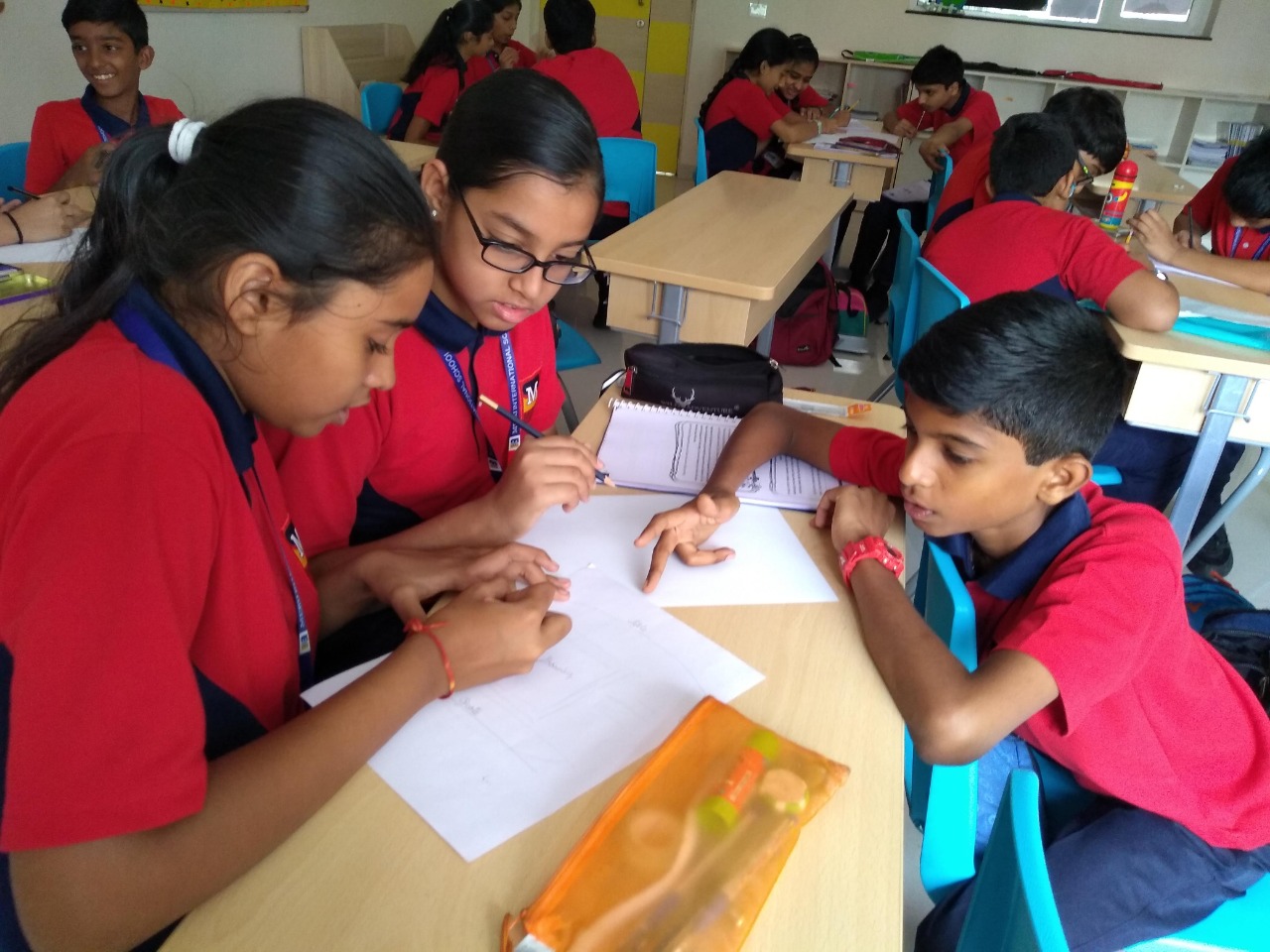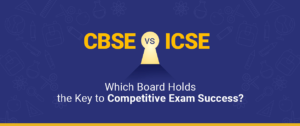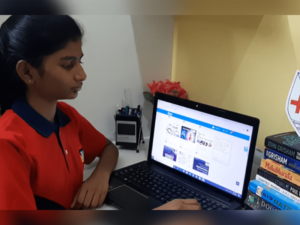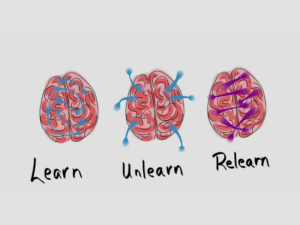Children in school are always taught about the importance of teamwork and since then it has been deemed as an essential part of the learning curve. It’s a good idea to bring students together to work collaboratively making the process of learning easy and interactive.
Collaborative learning and cooperative learning are the two most important and highly-used terms when students are working and learning together.
What is collaborative learning?
In collaborative learning, students make progress individually in tandem with others. Learning in such an environment helps students to engage in critical thinking skills, charges them up when they are asked to evaluate a lesson and they get to work and learn together to get to the root of their project.
What is cooperative learning?
In cooperative learning, there are a set of processes which help students in interacting with each other to achieve a common goal. It mostly fosters in them to become interdependent as a route to cognitive and social development.
The similarities between collaborative learning and cooperative learning:
The following pointers are a few of the similarities that exist between these two approaches.
- It is an active student to student participation and not lecture-based learning
- Students are responsible for their own learning
- Teachers act as the mediator to their learning
- Both these approaches instil in students the responsibility of completing a given task/project
- It also inculcates in students to be more interactive, builds socio-emotional skills
- Prepares students for the world of work
- It enhances their cognitive skills
- Makes students more informative, knowledgeable and curious about the lessons they are being taught
- They learn along the way to embrace the huge student diversity
The difference between collaborative learning and cooperative learning:
Collaborative learning:
Each and every student progress personally but at the same time, they collectively work together towards their common goals. They are accountable to each other and are capable of managing it.
- Their efforts are group-structured
- To complete any task or project, they source the materials
- None of the activities are strictly monitored by the teachers
- Students get to asses themselves individually and rate their group performance
Cooperative learning:
This involves interdependence. Rules, responsibilities and the work is clearly defined but students have the liberty to negotiate when needed. This approach brings along with it a great sense of accountability.
- Their efforts are teacher-structured meaning each student is assigned a specific task
- Teachers monitor the students and analyse their learning mechanisms
- The information is provided by the teacher to students
- Teachers observe, listen and intervene when the situation deems it necessary
- At the end of every lesson, students have to submit their work
The world is already collaborating, and by using both cooperative and collaborative approach, teachers can help to create well-rounded students with the skills needed to succeed, not only in their further education and work but also their personal lives. After all, what we learn in childhood, we take into adult life.






